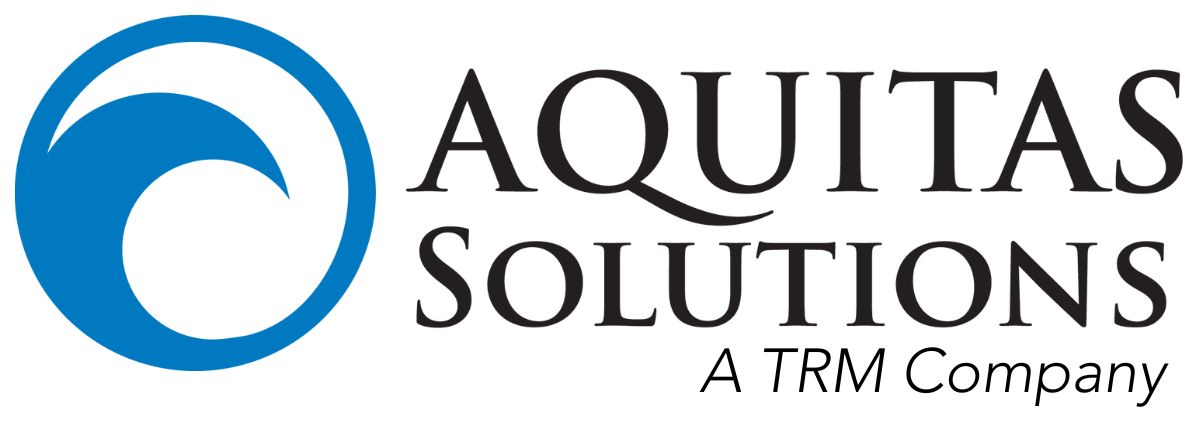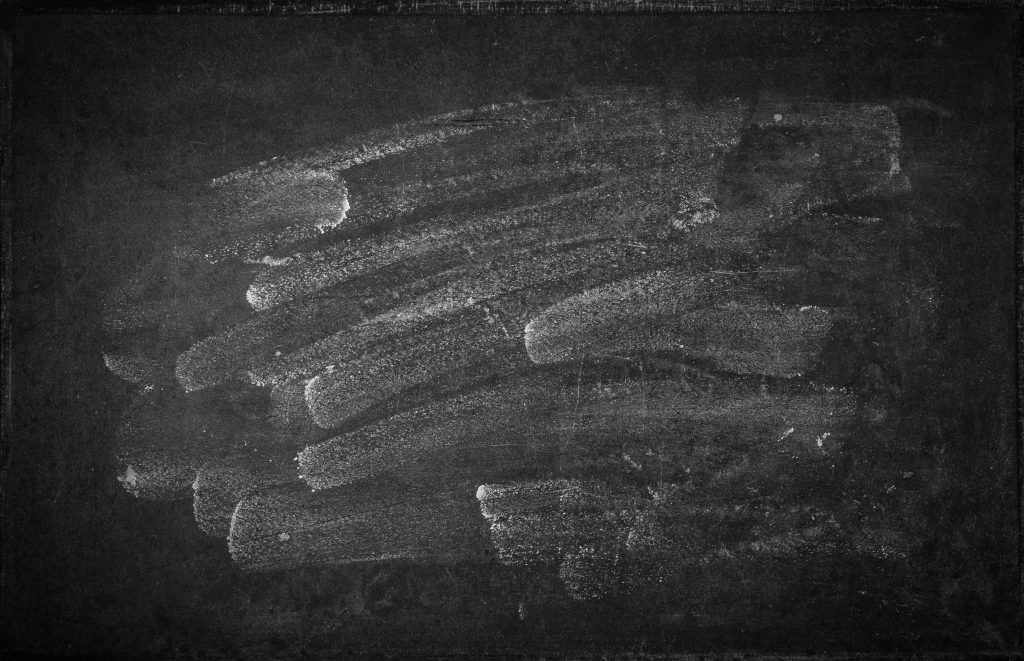Managing Asset Information for Value – The conversation before CMMS, EAM and IoT!
Part 4: Summary & Conclusions
Series Overview:
This four-part blog series is intended to cover the principles and best practices around the management of asset information. The aim is to provide strategic guidelines to organizations who are seeking to incorporate IIoT in their asset management strategy or to acquire or optimize their CMMS or EAM. The series will be published in the order listed below so that readers will be able to logically advance through creating a management system for asset information.
The four parts in the blog series are as follows:
- Part 1 – Asset information and sources
- Part 2 – The Importance of asset information to decision-making
- Part 3 – Managing Asset Information
- Part 4 – Summary & Conclusions
Part 4 – Summary & Conclusions
Part 4 of this blog follows on from Part 1, which defined asset information and linked it to common life cycle phases; Part 2, which focused on common information pitfalls and how organizations can avoid them by deliberately integrating asset information into their decision-making system; Part 3 outlined strategies and techniques that organizations can implement to manage their asset information and advance their digitalization efforts. Part 4 will summarize and conclude the four-part series.
Asset Information Value Chain, Lust to Dust Approach
The asset information is generated at each phase of the asset’s lifecycle. It begins when thoughts of the asset are first conceived, and it extends even beyond the retirement of the asset. There are many sources of asset information; in fact, a single asset has many sources of information that need to be managed. The sole purpose of asset information management is to generate good quality information for decision-making. Asset management decision-making is the strategy that organizations implement over the asset’s life cycle to deliver asset performance and manage risks and costs. Value is created through decision-making. It is the most important and pervasive asset management activity. Decision-making is a consequence of information analysis, which also means that the need to manage asset information is a significant and persistent enabler of value.
Asset Information Risks Facing Industry
Major information risks facing asset-intensive industries have created an urgent need to manage asset information. Some of these are:
- Unsustainable spending outlook
- Lack of visibility over capital and operational spends
- Cyber security concerns and fear of the inappropriate use of an organization’s intellectual property
- Rapid speed of disruptive technologies, analytics and big data
- Inability of legacy IT infrastructure to compete with born-digital firms
These risk factors are created through common activities:
- Uncoordinated and misaligned collection and analysis of data that is not linked to specific asset management objectives and decision-making.
- Lack of organizational standards and standardization of systems, and processes to manage asset data.
- Ad hoc approach to information management and allowing asset information to be managed in silos.
- Lack of ownership and governance over data.
- Insufficient use of digital tools and digitalization of the organization. Reliance on manual data collection and analysis.
Impact of IIoT on Asset Information Management
IIoT has significantly improved organizations’ capability to manage asset information as shown in Figure 1.0.
Figure 1.0 – Ways in which IIoT has improved Asset Information Management
This includes increasing the number of data sources and increasing the quality of the data by introducing more quantitative sources such as infra-red cameras. Augmented Intelligence (AI), machine learning, Augmented Reality (AR), and Industrial Internet of Things (IIoT) have significantly improved the analysis capabilities of CMMS, Process Control Systems (PCS) and other asset information systems.
Digital Organization, The New Asset Information Frontier
With all the information available and new possibilities, there is still a missing link: the organization’s ability to bring it all together to derive the benefits. The new opportunity for organizations is to unite technology, people and processes (Figure 2.0).
Figure 2.0 – Approach to Digitalization Strategy
The new discipline of asset information management requires organizations to rapidly and simultaneously make gains on all three fronts. Advancement in one area such as IIoT without also developing business process governance and executive competence will not yield the desired results. As a matter of fact, it will have an increasingly negative effect as it will lead the company down a rabbit hole, consuming more and more resources, till the organization gives up in frustration. Employees now need to be developed to partner with technology rather than compete with it in order to harness its potential for value generation.
Asset-intensive organizations have natural inertia that does not lend itself well to changes of any kind. This effect is more pronounced as the organization becomes more established. Therefore, digital transformation for asset-intensive organizations is not a simple matter and cannot be accomplished through organic changes. A new digital organization must be created because the tools to leverage IIoT effectively do not exist in many organizations. The obvious question is where to start in the vast ocean of possibilities. The first step is an Asset Information Management System (AIMS). The AIMS is a set of interrelated processes and systems aimed at managing the asset data over the asset’s life cycle to support asset management objectives (Figure 3.0). The goal of the AIMS is to improve the effectiveness of asset management decisions based on whole life costs and risk impact areas.
Figure 3.0 – Components of Asset Information Management System (AIMS)
The AIMS brings focus to information and digitalization strategies, information standards, strategy for software, hardware and infrastructure integration, and data management. It is imperative that organizations take a holistic approach in order to mitigate the financial risk of duplication of effort and information gaps caused by fragmented energy and dispersion of effort.
Digital transformation will substantially change the way that the organization operates. Some of these changes will come in the form of new/modified roles and organizational structure, new business processes such as how assets are specified, and new requirements for multi-functional cooperation with traditionally silent players such as IT. This is a significant departure from the way that many industrial companies function. Many companies will try to slot asset information in here and there, to their own detriment. It requires focus and support from all hierarchal levels of the organization. Asset information management must have c-suite support and oversight. Very little will be achieved without it. The benefits of the information value chain will only be derived if the organization takes a systematic and holistic approach. Planning for asset information requires the same effort as long term asset planning.
Asset information management is waiting, is your organization ready?
References:
Greeman, S. Managing Asset Information Strategically. Retrieved from: https://greemanassetmanagementsolutions.com/managing-asset-information-strategically/.
Global Forum on Maintenance and Asset Management (GFMAM). The Asset Management Landscape, Version 2. Retrieved from www.gfmam.org).
The International Organization for Standardization. (2014). ISO 55000:2014 – Asset management — Overview, principles and terminology. Genève, Switzerland: International Organization for Standardization.
International Organizational for Standardization. 2014. ISO 55001:2014 – Asset Management- Management systems – Requirements. Genève, Switzerland: International Organization for Standardization.
International Organizational for Standardization. 2018. ISO 55002:2018 – Asset Management- Guidelines for the Application of ISO 55001:2014. Genève, Switzerland: International Organization for Standardization.
Protiviti and North Carolina State University’s ERM Initiative. Executive Perspectives on Top Risks 2019. Retrieved from: https://www.protiviti.com/CA-en/insights/protiviti-top-risks-survey.
About the Author:
Suzane Greeman, ASQ-CMQ/OE, CAMA, CAMP, CMRP is author of the Risk-based Asset Criticality Assessment (R-b ACA©) Handbookand the Principal Asset Management Advisor of Greeman Asset Management Solutions Inc. (GAMSINC). GAMSINC is a Canadian firm that provides asset management advisory, consultancy and educational services to asset-intensive organizations. Their solutions help firms to align their asset management processes and information to their asset management objectives and strategic plans in order to derive value from their assets. Suzane has over 21 years of experience across cement, power generation, and wastewater industries. Her areas of expertise include developing asset information management strategies and systems, developing and deploying asset management policy, developing asset management business processes, leading multi-functional project teams, managing capital and maintenance management programs and organizational capacity-building. Suzane is also a member of MC/ISO/TC 251 – Asset Management, Canada’s mirror committee for ISO 5500x.
Categories: Asset Management
Tags: Asset Information, Asset Management Decision-making, Asset Information Management Systems, Information Strategy, Information Systems, Information Standards, Data and Information Management.



